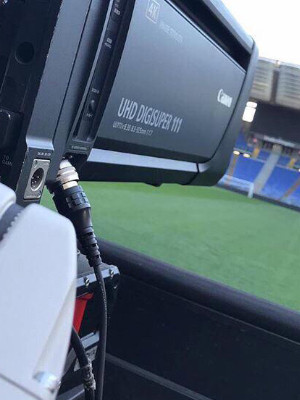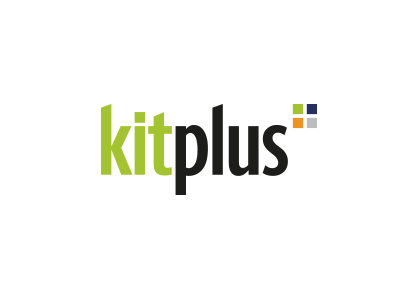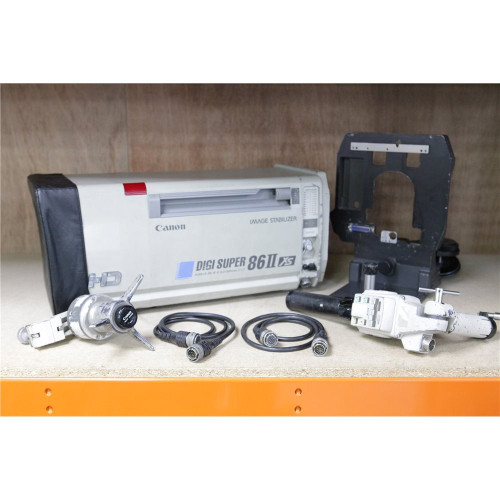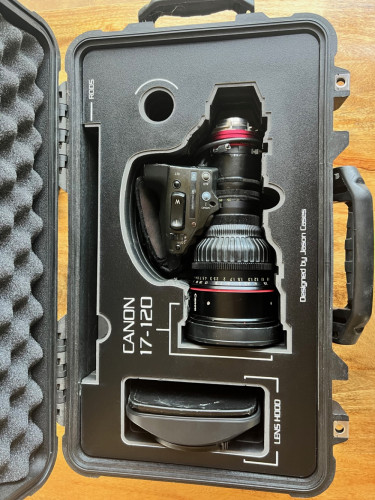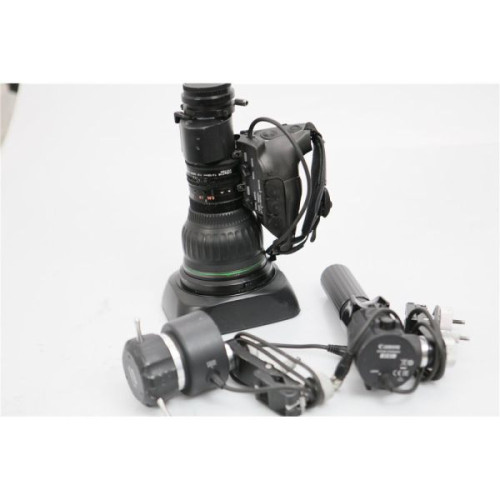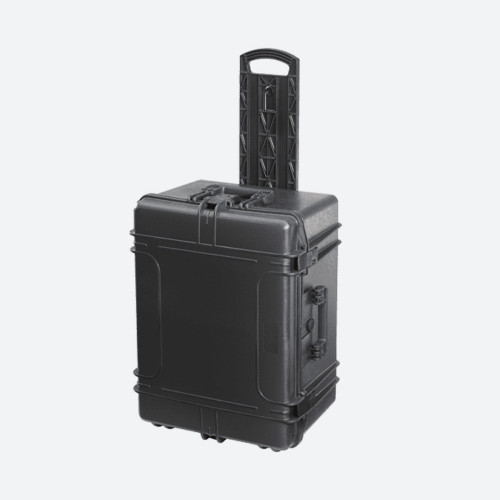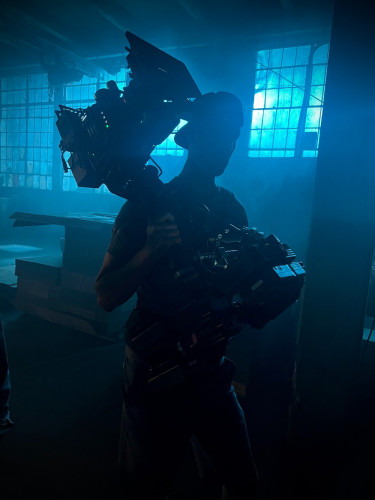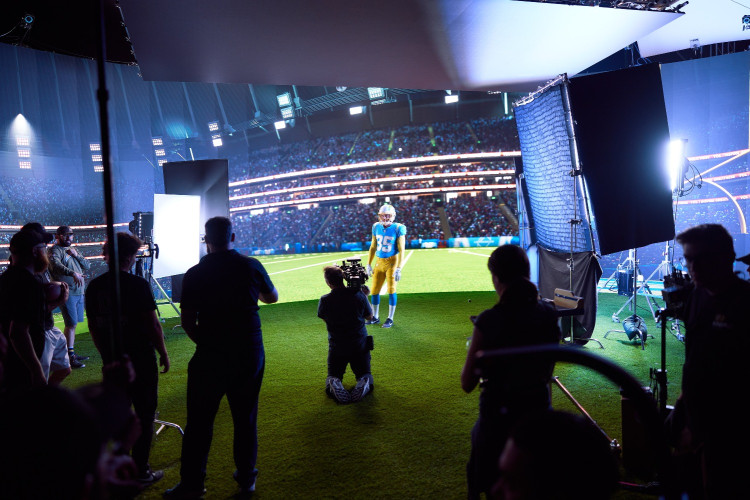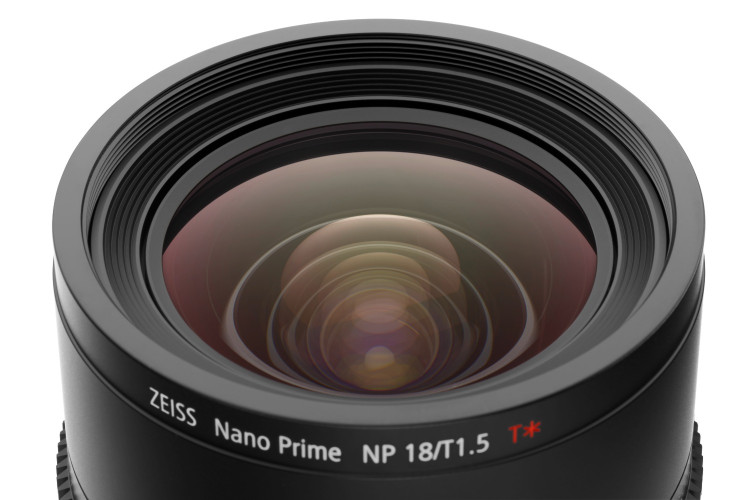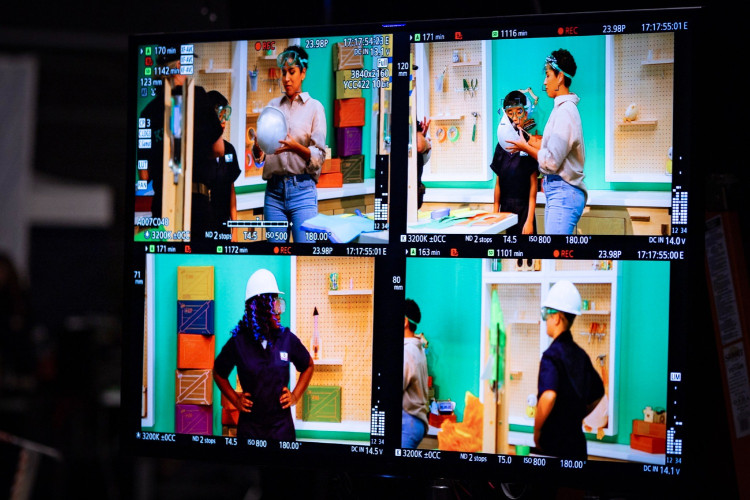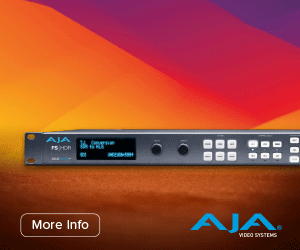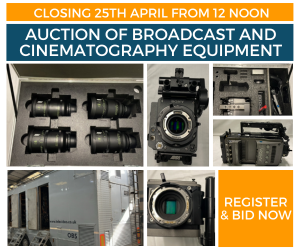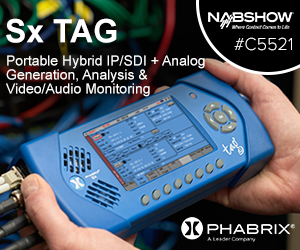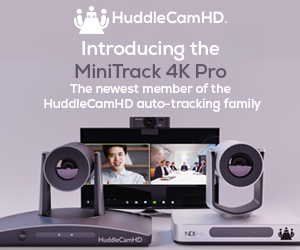Shooting in ultra high definition and high dynamic range has become the preferred option for all television productions with a potentially long commercial life. The hir-ing charge and indeed the outright purchase cost of cameras of this standard are not significantly greater than those of high definition standard dynamic range models. With half the world's news reporters now able to capture UHD video on their mobile phones, why give the production crews anything less?
One answer is the glass. If the front-end optics are not as sharp as the camera's imagers, the improved detail made possible by UHD becomes lost at the first hurdle. The UJ111x8.3B is one of the most recent in a series of box lenses intro-duced by Canon to bridge this gap. An addition to the company's DigiSuper series, it is designed for use with broadcast-quality 2/3-inch UHD cameras.
Key features
When the UJ90x9B was introduced back in 2015, it was claimed by Canon to have the the world's highest zoom ratio (90x) and longest focal length (9 mm 5 to 810mm, increasing to 1620 mm with the integral 2x extender. That made it a po-tential choice for OB applications where it can capture closeup detail of individual sports contestants, stage performers or documentary presenters while retaining the freedom to pull back to wide angle.
Announced at IBC 2018 and introduced to the market in the first quarter of 2019, the new UJ111x8.3B lens has an even greater zoom ratio (111x) and an 8.3 mm to 925 mm focal-length range. An integral 2x extender doubles the focal length range. Other lenses in the same '4K premium' series are the 122 (122x zoom ratio), the 86 (86x) and 27 (27x).
Achieving depth-selective focus has hitherto been dependent on the camera rather than the lens, usually requiring a relatively large imager. The lens includes a bokeh-effect control which is intended to achieve this more dramatically than might be expected from a 2/3-inch camera. If don't already know where the word 'bokeh' comes from, by the way, it is an occidental rendering of the Japanese 'boke', rhyming approximately with (b)okay and meaning blur or haze.
Canon's proprietary shift-type optical image stabilisation mechanism is designed to handle high-frequency vibration as well as the more easily compensated low frequencies. Another proprietary feature is 'Air Sphere Coating' which Canon claims delivers reduced flaring and ghosting compared to previous Canon lens coatings. Specifically, it is claimed to enhance the performance of high dynamic range and wide colour gamut cameras.
A significant additional characteristic is the UJ111x8.3B's similarity in size and weight to HD field lenses, allowing easy integration with existing HDTV workflows. The lens is fully compatible with existing Canon HD field lens accessories and comes complete with a built-in 16-bit encoder to provide allow use in virtual studios.
Operation
The UJ111x8.3B attaches easily to practically any high-end 2/3-inch camera. Mounting and operation are quite straightforward. Weighing 26.6 kg and measuring 250 mm wide x 255 mm deep × 638 mm long, the resultant lens and camera combination are definitely in the pedestal or tripod mounting league rather than shoulder mounting. Even with image stabilisation, 111x zoom does not lend itself to anything short of a proper camera support.
Build quality and performance
The UJ111x8.3B is very robustly built. As with any well-designed box lens, there are no peripheral components likely to break off during transit or in actual use. Access for electronic and optical maintenance is quite straightforward though we do not recommend that operators go into the business of lens surgery unless they know exactly what they are doing.
In terms of performance, Canon claims that the UJ111x8.3B is capable of maintaining full UHD optical image quality over its entire zoom range rather than exhibiting any fall-off in performance from one extremity to the other or anywhere be-tween. This was certainly confirmed by our own tests. 4K resolution and high con-trast are sustained uniformly from the centre to the edge of the image. Also con-firmed was Canon's claim that contrast and resolution stay consistently high throughout the focus and zoom ranges, in both the HDTV and 4K frequency bands.
Maximum relative aperture is F1.7 at 8.3-340 mm and F4.65 at 925 mm. Using the 2x extender increases this is to F3.4 at 16.6-680 mm and F9.3 at 1850 mm. Geometrical accuracy is good with little or no spherical aberration even at the wide angle settings where it tends to be most significant. Colour reproduction is uniform across all areas of the televised image.
Connectivity
It is probably superfluous to add that the UJ111x8.3B includes the interfacing necessary to allow zoom and iris control from the camera head or CCU, and to deliver performance-related data to the viewfinder.
Summary
This is an excellent addition to the Canon range of broadcast camera lenses and one that really does deliver the full benefits of UHD HDR shooting, at least until the improvements are filtered out by delivery across today's HD SDR transmission network. Television broadcasting will undoubtedly advance to relatively high bit-rate 4K and even 8K at some point in the future so mastering in UHD rather than HD really does make sense.





